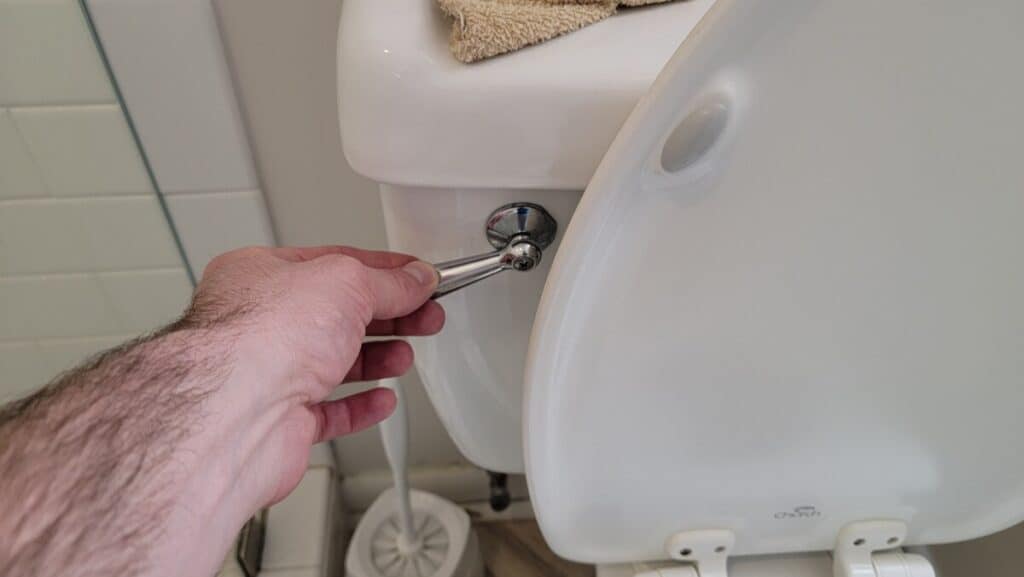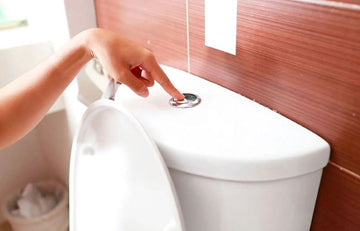In the quest for environmental conservation and cost reduction, many have turned to water-saving toilets as a viable solution. These innovative fixtures promise reduced water usage, which is beneficial for both the planet and your wallet. However, as with any technology, there can be hiccups along the way. Understanding the common water-saving toilet problems is crucial for both homeowners and industry quality assurance professionals.
From installation challenges to operational quirks, these modern marvels are not without their issues. Before diving into the specifics, it's important to recognize the primary keyword: common water-saving toilet problems. This term encapsulates the myriad of challenges that can arise, ensuring that the discussion remains focused and relevant.

Installation Issues with Water-Saving Toilets
One of the first hurdles faced by many is the installation process. Unlike traditional toilets, water-saving models often come with a different set of requirements. It's not just about swapping out an old unit for a new one. The intricacies of these installations can often lead to unexpected complications.
For instance, the alignment of pipes and the positioning of the toilet itself can be different, requiring adjustments to existing plumbing. Additionally, the efficiency ratings might necessitate specific water pressure levels, which aren't always present in older homes.
Operational Challenges and Solutions
Once installed, the operational phase of water-saving toilets presents its own set of challenges. A common gripe among users is the reduced flush power. While these toilets use significantly less water, this can sometimes result in ineffective flushing, leading to multiple flushes and ultimately defeating the purpose of water conservation.
Another issue is the sensitivity of the mechanisms involved. Newer toilets often come equipped with sensors and other electronic components. These can be prone to malfunctions, especially if not calibrated correctly. For those in the industry, ensuring these components are in working order is paramount. Further insights can be found in the EPA guidelines on residential toilets.
Maintenance and Upkeep
Regular maintenance is crucial for the longevity and functionality of any toilet, but even more so for water-saving models. The advanced technology that makes these toilets efficient is also what makes them more susceptible to wear and tear.
For instance, the seals and valves in these toilets are designed to handle less water, which can lead to quicker degradation. Regular inspections and timely replacements of these components can prevent more significant issues down the line. For those looking for tips on cost-effective solutions, regular maintenance checks are recommended.
Addressing User Concerns
It's not just the physical aspects of water-saving toilets that pose challenges. User perception and satisfaction are equally important. Many users report dissatisfaction due to the noise levels of some models or the perceived inefficiency of the flush.
Addressing these concerns involves both education and innovation. Educating users on the benefits and potential adjustments needed for these toilets can lead to higher satisfaction rates. Additionally, manufacturers are continually innovating to create quieter, more efficient models that address these user concerns.
For a deeper dive into integrating these innovations into home systems, consider exploring smart home solutions.
Conclusion
While water-saving toilets offer numerous benefits, they're not without their challenges. By understanding and addressing the common water-saving toilet problems, industry professionals and homeowners alike can ensure these fixtures are both functional and beneficial.
For more information on maximizing the efficiency of water-saving toilets, the Scope Zero guide offers valuable insights.

FAQs
Why is my water-saving toilet not flushing properly?
Often, this is due to low water pressure or misaligned components. Ensuring proper installation and regular maintenance can help alleviate this issue.
How can I improve the efficiency of my water-saving toilet?
Regular checks and timely replacements of seals and valves, along with proper usage, can enhance efficiency. Consulting with experts or following guidelines from reputable sources can also prove beneficial.
Are water-saving toilets worth the investment?
Yes, despite the initial challenges, the long-term savings on water bills and the environmental benefits make them a worthy investment. For more detailed insights, visiting the Home Water Works website can provide additional information.






